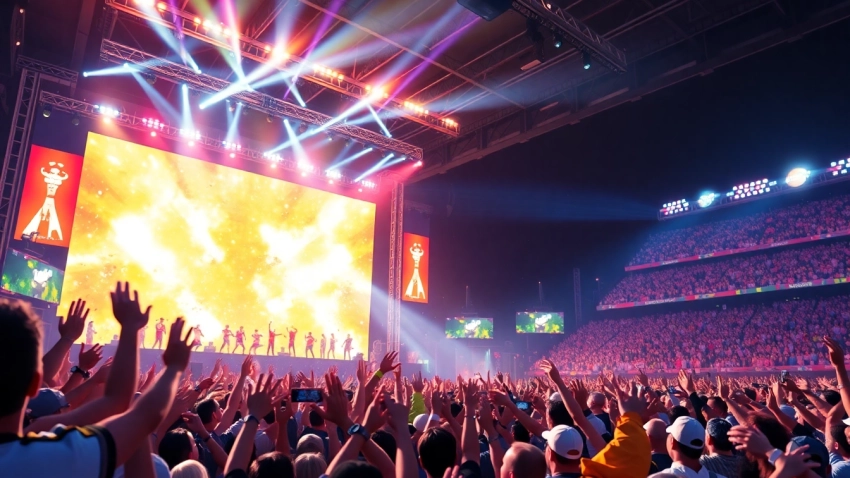
Halftime Show Highlights: The Evolution of Entertainment at the Biggest Sporting Event
Introduction to Halftime Shows
The halftime show has become a pivotal element of major sporting events, particularly in American football, where it acts as a grand intermission during the Super Bowl. This celebratory break not only offers players a chance to regroup but also serves as a platform for entertainment that captivates millions of viewers worldwide. Halftime events have evolved dramatically since their inception, blending music, dance, and elaborate stagecraft to create unforgettable experiences that resonate long after the final whistle blows.
Historical Context of Halftime
Halftime shows date back to the early 20th century, initially featuring local marching bands. The concept of showcasing cultural performance during intermissions gained traction throughout the 1960s, culminating in the first televised Super Bowl halftime show in 1967. Artists like the University of California Marching Band and various local performers set the stage for what would become a high-profile entertainment segment.
Significance of Halftime in Sports
The halftime show plays an essential role in the cultural fabric of sports. It transcends the game itself, fostering a sense of community among viewers who gather to witness these momentous occasions. Furthermore, it provides a unique opportunity for brands to market their products creatively, engaging diverse audiences and generating buzz through innovative advertisements.
Overview of Audience Engagement
Today’s halftime performances cater not only to sports fans but also to music enthusiasts, turning every show into a cross-collaborative spectacle. With millions tuning in each year, these performances are designed to resonate emotionally with audiences, often blending poignant themes with entertainment. The introduction of social media has only amplified this engagement, enabling real-time reactions and interactions, fostering a shared experience among fans.
Iconic Halftime Performances
Memorable Moments from the Super Bowl
Iconic performances have characterized Super Bowl halftime shows. Moments such as Beyoncé’s electrifying performance in 2013, featuring her Destiny’s Child reunion, and Shakira and Jennifer Lopez’s vibrant 2020 show highlight how these events can influence pop culture. They often spark conversations that overshadow the game itself, leading to debates on social media and beyond.
Celebrity Contributions to Halftime
Over the years, a multitude of celebrities have graced the stage, each bringing their unique flair to halftime festivities. From Michael Jackson’s groundbreaking performance in 1993, which set a new standard for extravagance, to more recent stars like The Weeknd and Lady Gaga, these artists leverage their platforms to not only entertain but also convey deeper messages about social issues.
Critical Reception of Past Shows
The critical reception of halftime shows varies widely, often influenced by the performance’s execution and cultural relevance. While some performances are hailed as game-changers, others receive backlash for perceived lack of artistic integrity or disconnect with the audience. For example, the controversy surrounding Maroon 5 in 2019 illustrated the thin line between audience expectations and artistic expression.
The Impact of Halftime Shows on Music and Culture
Halftime and Music Trends
Halftime shows often reflect and set music trends. Performers use this platform not just to present their existing hits but also to debut new songs and collaborations. The stage becomes a melting pot for various genres, showcasing a blend of hip-hop, pop, rock, and R&B, thus influencing emerging musical landscapes and trends.
Influence of Social Media on Performances
Social media plays an integral role in the evolution of halftime shows. Platforms like Twitter and Instagram provide real-time feedback during performances, making it easy to gauge audience reactions and extend the conversation beyond the televised event. The 2019 Super Bowl, for instance, saw a surge in engagement as users shared their thoughts and reactions to performances instantly.
Overlapping Fanbases: Sports and Music
Halftime performances symbolize the convergence of sports and music fandoms. Artists frequently use sports as a backdrop to amplify their messages, while athletes often embrace musical influences to connect with broader audiences. This intersection not only enhances the viewing experience but promotes mutual appreciation among diverse fanbases, leading to more cohesive cultural moments.
Behind-the-Scenes of a Halftime Show
Production Challenges and Innovations
The production of a halftime show involves substantial behind-the-scenes coordination, often requiring months of planning. From choreography to stage design, each element is meticulously crafted to ensure that everything runs smoothly on game day. Innovations such as augmented reality and elaborate light shows have transformed the traditional format, captivating audiences with stunning visuals and immersive experiences.
Artist Preparation and Rehearsals
Preparation for these grand performances is intense and rigorous. Artists embark on an exhaustive rehearsal schedule that can last weeks leading up to the event. The focus is not only on the performance aspect but also on synchronized movements, ensuring that technical aspects are flawless. Celebrity headliners often bring their teams to manage specific needs, contributing to the overall production quality.
The Role of Sponsorship and Advertising
Sponsorship plays a crucial role in the realization of halftime shows, with major brands leveraging this high-visibility opportunity to reach millions. Companies invest heavily in showcasing their products, with advertisements created specifically to air during halftime. These strategic partnerships resonate with viewers, often leading to spikes in sales and brand recognition.
The Future of Halftime Entertainment
Emerging Technologies in Live Performances
As technology advances, so too does the potential for halftime shows. Innovations such as holographic displays and enhanced visual effects continue to push creative boundaries. The integration of interactive experiences allows audiences to connect with performances more deeply, leading to a more immersive atmosphere.
Predictions for Upcoming Halftime Shows
The upcoming Super Bowl halftime shows are expected to be increasingly diverse in their artistic representation. As the cultural landscape continues to shift, there’s a strong indication that future performances will showcase a wider variety of genres and artists, appealing to broader demographics while retaining their core sports fan appeal.
Fan Expectations and Trends
Fan expectations for halftime shows have also evolved over the years. Today’s audiences are looking for performances that not only entertain but also provoke thought and emotion. Performers are now expected to incorporate social messages into their shows, as seen in the recent trend of artists addressing issues such as social justice, mental health, and environmental sustainability during their performances.




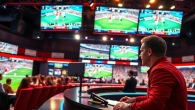
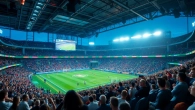
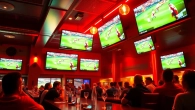
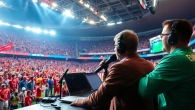
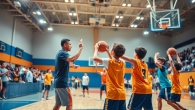
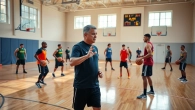
Leave a Reply